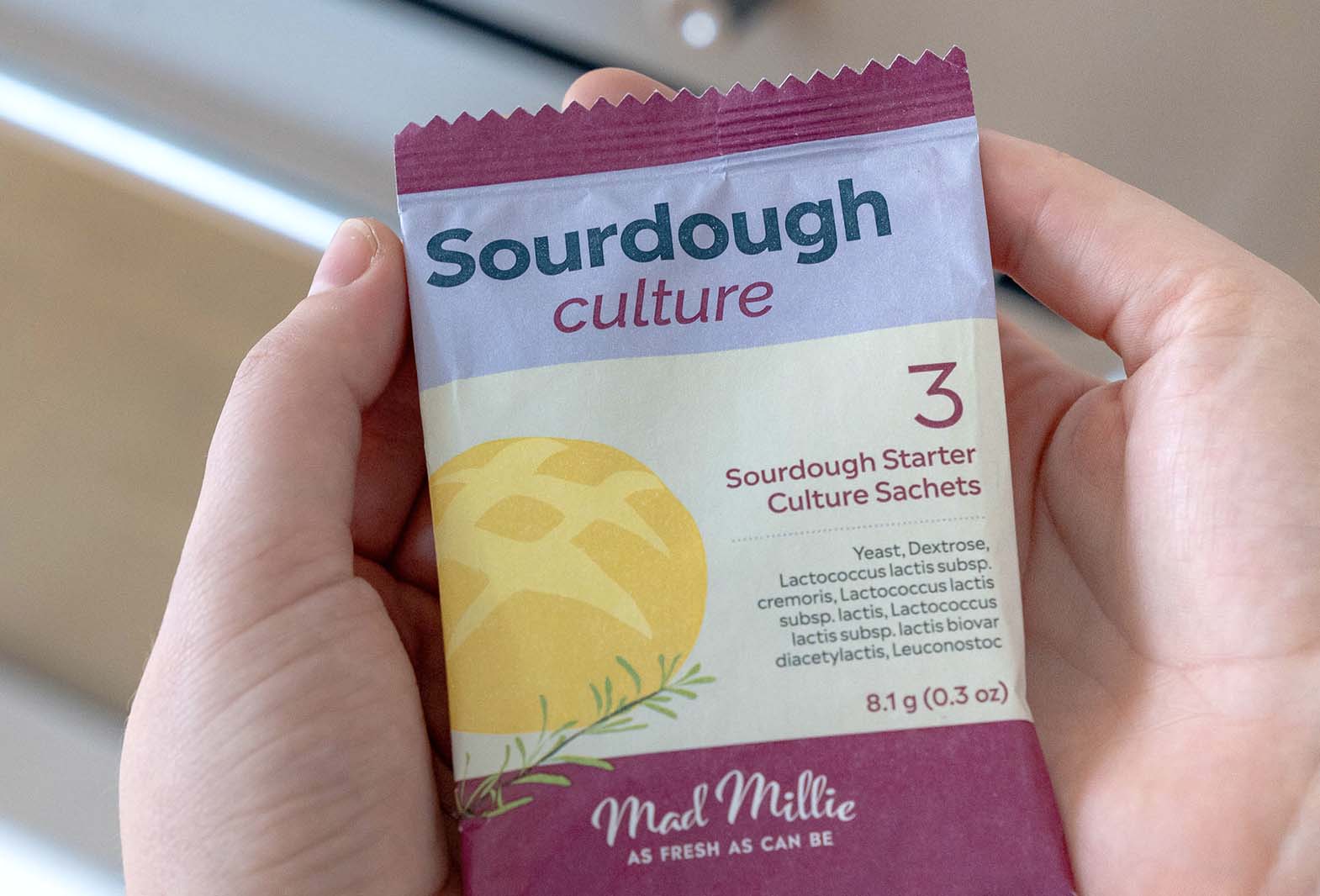Our Blog

All there is to know about Mad Millie Cultures
Fermentation and cultures go hand in hand, but do you actually know the details of your culture and how to get the most out of it?
Let us walk you through the different types of cultures, the best way to store them and why we love Mad Millie cultures so much.
Within the Mad Millie range, we have eight different types of cultures, with one of them being our kombucha SCOBY. Each culture blend has been specifically formulated to make sure you get the best results out of your foodie creations. Whether you’re making cheese, kefir or sauerkraut, there is a specific combination of good bacteria in that little packet to get you started on the right foot.
The main purpose of adding the culture is so that fermentation can happen. This is where the culture that you add feeds on the delicious, nourishing ingredients you have given it (milk, juice, sweetened tea) and makes by-products. These by-products bring about a desirable change in the food which includes increasing/enhancing flavour, preserving food and providing some gut health benefits.
During our development process, specific bacterial strains are selected for specific kits e.g. yoghurt, kefir or cheese. The cultures work in similar ways but elements such as temperature during fermentation and acidity of the end product will vary. Different cheeses require different temperatures during the process, and therefore different cultures are used to provide different textures and tastes across the range of cheeses. It is possible to use different cultures for different products but unless you have an in-depth understanding of bacterial strains it isn’t advised.
The cultures themselves will be mesophilic or thermophilic. Mesophilic means medium-temperature loving bacteria which will ferment the best at temperatures up to 30oC or 90oF. Thermophilic is a heat-loving bacteria which will ferment best when above 30oC or 90oF. The best way to tell which kind your cultures are is to follow the instructions! We will specifically tell you what temperature your delicious creation needs to be held at to make the best product. This is also why it’s so important to maintain the temperature of your bacteria as otherwise, they will struggle to do their job.
The culture you receive in your Mad Millie Kit is dehydrated (apart from the kombucha SCOBY, this is processed differently). When the cultures are dehydrated this involves removing all of the moisture from the microorganisms and effectively puts them on hold so they can be kept and used as needed. We’re all about convenience and with dehydrated cultures, it takes away the hassle of having to maintain your cultures constantly – this is particularly helpful around the holiday period!
When you get your cultures they will be at room temperature unless you are getting blue or white cheese mould cultures, these will be refrigerated and should always be refrigerated. The rest of the microorganisms will be fine for their whole shelf life at room temperature if the warmest they get is around 25oC or 78oF, but there is a trick to this – the cooler you are able to store them, the longer they will remain active.
All our cultures are freeze-dried which means that the environment inside the packet is perfect for freezing without any negative impact. Once in the freezer, this will extend their shelf life by one whole year! A top tip is to write the date you put them into the freezer on the sachet, this makes it easier to track the actual shelf life if you have stored them frozen. If you have opened a packet and only used a small amount, this can still be frozen, but you need to make sure this is put in a sealed container to avoid moisture. Some tape across the opening can help with this!
We may be biased but we tend to think that Mad Millie cultures are pretty great, particularly if you’re wanting to get creative and need a convenient solution. If you have any questions on the different types of cultures, their storage or the process don’t hesitate to get in touch, we’re always here to help.
